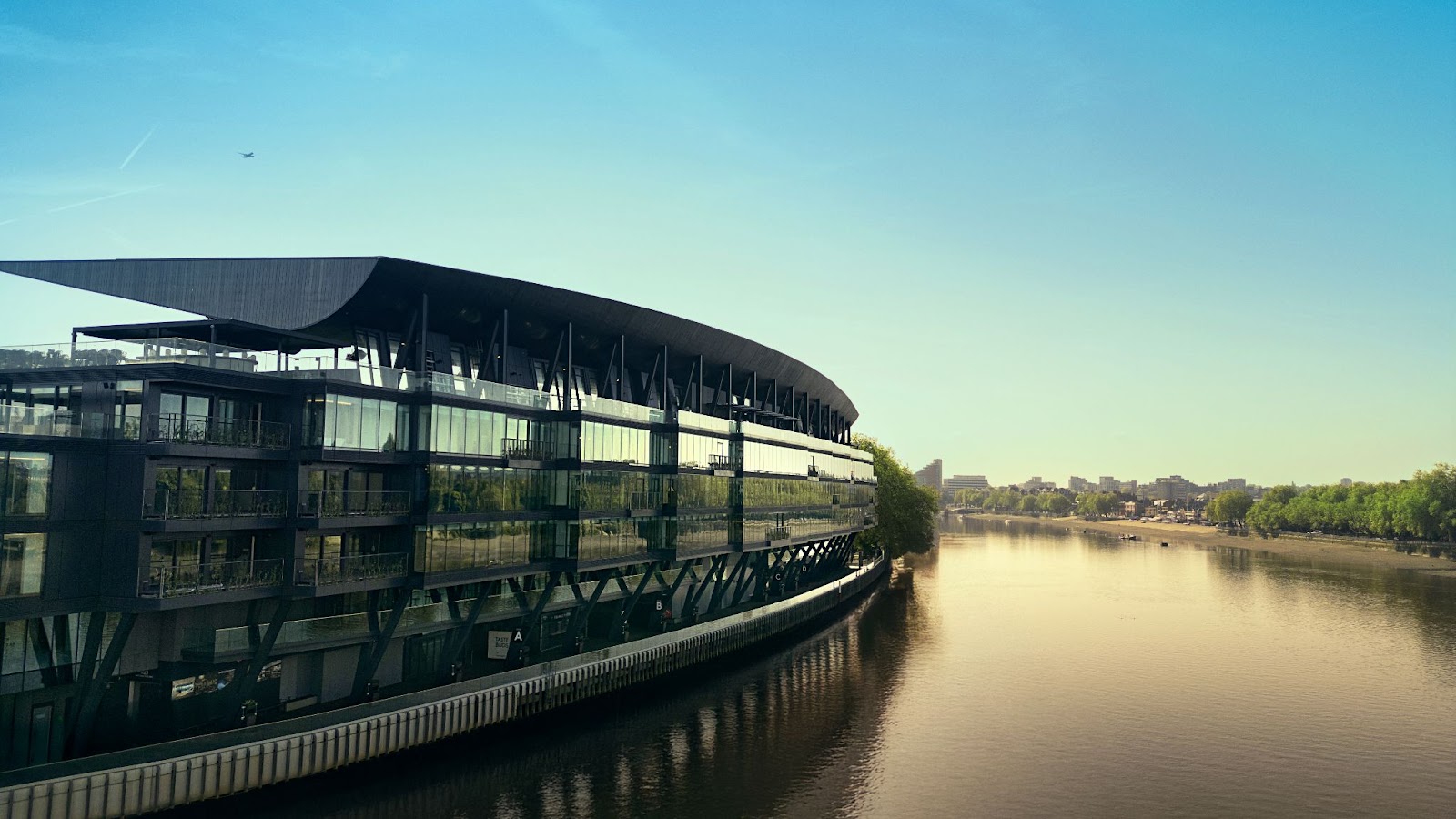National specification manager at Schüco UK, Stuart Hosier examines the company’s approach to carbon control.
How are architects, engineers and the construction industry as a whole developing solutions to maximise transparency while meeting energy performance targets? Why does transparency still matter today? And how can we manage and strike a balance between the tensions of optimum façade performance and embodied carbon?
National specification manager at Schüco UK, Stuart Hosier examines the company’s approach to carbon control and presents the four stages of this process: Design to Decarb, Built to Decarb, Operate to Decarb, and Recycle to Decarb. Here, the Built to Decarb stage in particular emphasises material choice, design, fabrication, transportation, and installation in reducing embodied carbon in facade systems.
Three aluminium grades from Schüco, including low and ultra-low carbon options, are introduced, with Hosier exploring the sustainability gains achieved through innovative design and recycling. Expanding on this, he highlights Internet of Facades (IoF) and how material and component tracking within systems can allow Schüco to track material EPDs, as well as service and maintenance regimes, among other aspects. With material retention a key component of this move, Hosier brings our attention to the renovation of a Schüco office building in Bielefeld, Germany, where the façade has been removed, with 28 tonnes of aluminium being collected, 98.3 per cent of which has been recycled for re-use.
Watch the video above the learn about Schüco’s carbon control and more in full detail.














